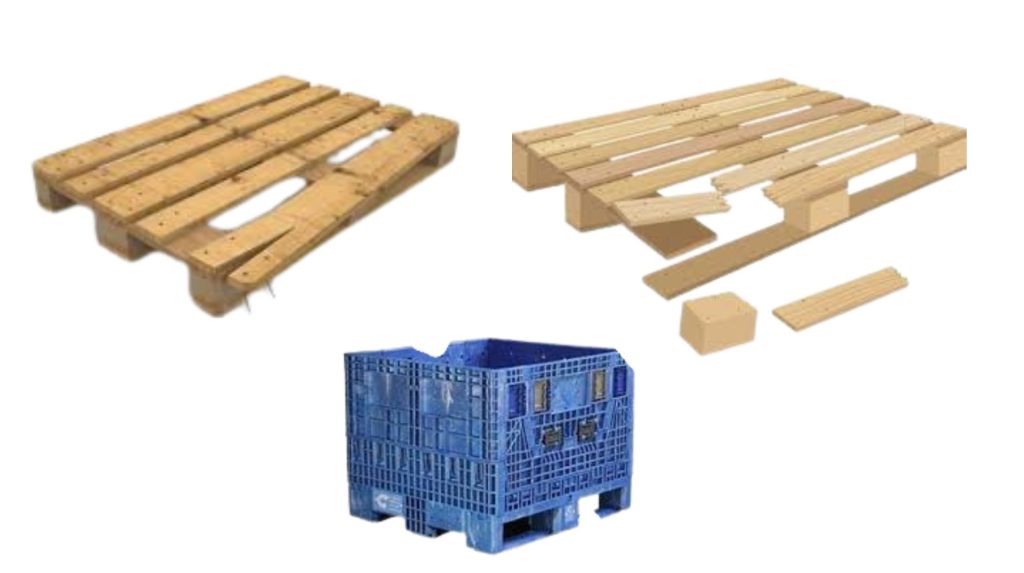Lately I am being asked the following question a lot: is a mobile robot made from a manual machine or a mobile robot made and designed from scratch better? What a good question. We rarely talk in the world of mobile robotics about this topic.
CONTENIDO DEL ARTÍCULO
First of all, it must be said that this discussion only applies to two types of AGVs or AMRs: tractors and forklifts. Mouse-type or platform-type mobile robots in very few cases are developed from a manual machine.
Secondly, and as often happens, the answer is: it depends on the context.
Pros and Cons
Pros
The main advantages of a mobile robot based on a manual machine compared to one manufactured and designed from scratch are:
- Quality: although it is something that is changing in recent years, in general many more manual machines are manufactured than AGVs or AMRs, which means that manual machines have a higher quality and have been much more tested.
- Manual mode: mobile robots based on a manual machine allow the AGV or AMR to be easily driven manually while most of the mobile robots designed as such have a manual mode that is not very user friendly. This is an advantage if that manual mode is necessary or convenient.
Cons
On the other hand, a manual machine-based mobile robot also has disadvantages compared to a mobile robot designed and manufactured from scratch:
- Fatigue: this is a point that is rarely taken into account and is absolutely key. Most of the time, manual machines are not designed for continuous operation. It is common for AGVs or AMRs to work continuously for hours, days, weeks or even months. This continuous operation fatigues both mechanically and electrically the machine. If it is not prepared for such fatigue, many maintenance problems arise.
- Size: manual vehicles are generally larger since they need to leave room for the driver. A larger vehicle size is generally accompanied by a larger turning radius, which reduces its agility in tight spaces
The questions
Given this, the two main questions we have to ask ourselves are:
- Is there enough space for a manual machine? If there is not, then you have to choose an AGV or AMR designed as such from scratch
- Do I need a manual mode? If I need it, then the best option is a mobile robot based on a manual machine.
The first question is simple and quickly answered. However, the second one is quite complicated. Manual mode may be necessary mainly for two reasons:
- Operations: I have participated in several projects in which 50% of the route is done automatically and the remaining 50% automatically. Here there is no other option, it is necessary to use a manual vehicle converted to AGV or AMR.
- Backup: that is, in the event that any of the systems related to the automatic part fails, the vehicle can be driven manually.
Manual mode as backup
Many people think that the manual mode as backup is only necessary if the AGV or AMR system does not work as it should. It is true, but there are also cases in which the impact of the mobile robot system not working is so high that it is worth considering a manual solution as a backup. Again, the question is whether this manual solution comes from the mobile robot that can be used manually or if it is more convenient to have vehicles that are only manual and are used in cases of extreme necessity. The latter is a matter of cost.
Decision tree
I leave here a decision tree:

In general, it can be concluded that the use or not of mobile robots based on manual machine depends mainly on the need for manual mode and the available space.






